NEWS
17.01.2025
We Asked the Creator of a Constructed Language To Help Us Analyze the Linguistic Nuances of the Namekian Language, Including Its Script and Pronunciation.

The Namekian language has a number of distinctive traits. Visually, the script appears ideographic, while its pronunciation contains a lot of sounds like "pa", "pi", "pu", "pe", and "po".
These unique qualities of the Namekian language make it a subject of interest not only for fans of the show, but for linguists and minority language enthusiasts.
Exactly what kind of language is Namekian, and does it share anything in common with real-world languages?
This time, we're teaming up with Ziphil Shaleiras, the creator of the Shaleian language, to analyze Namekian as if it were a real-world language. Ziphil works for baton inc., which produces the popular YouTube channel QuizKnock. He surprised us by reading through all 42 volumes of Dragon Ball in a short period of time before this interview and offered several observations that even the biggest, long-time fans will surely agree with.
.jpg?_=1765713120)
Ziphil Shaleiras: An employee of baton inc., the company behind the popular YouTube channel QuizKnock. Ziphil was invited by Hisanori Tsurusaki, a friend from Tokyo University, to join the company's content development department. He has extensive knowledge of many different languages and is known for having created his own language, called Shaleian. He's also learning a number of natural languages at the moment, such as ancient Greek.
—To start off, we'd like to get some honest opinions on the Namekian language. Let's have a look at the scene where Kami, disguised as Shen, and Piccolo (Piccolo Jr.) have a conversation mid-battle.
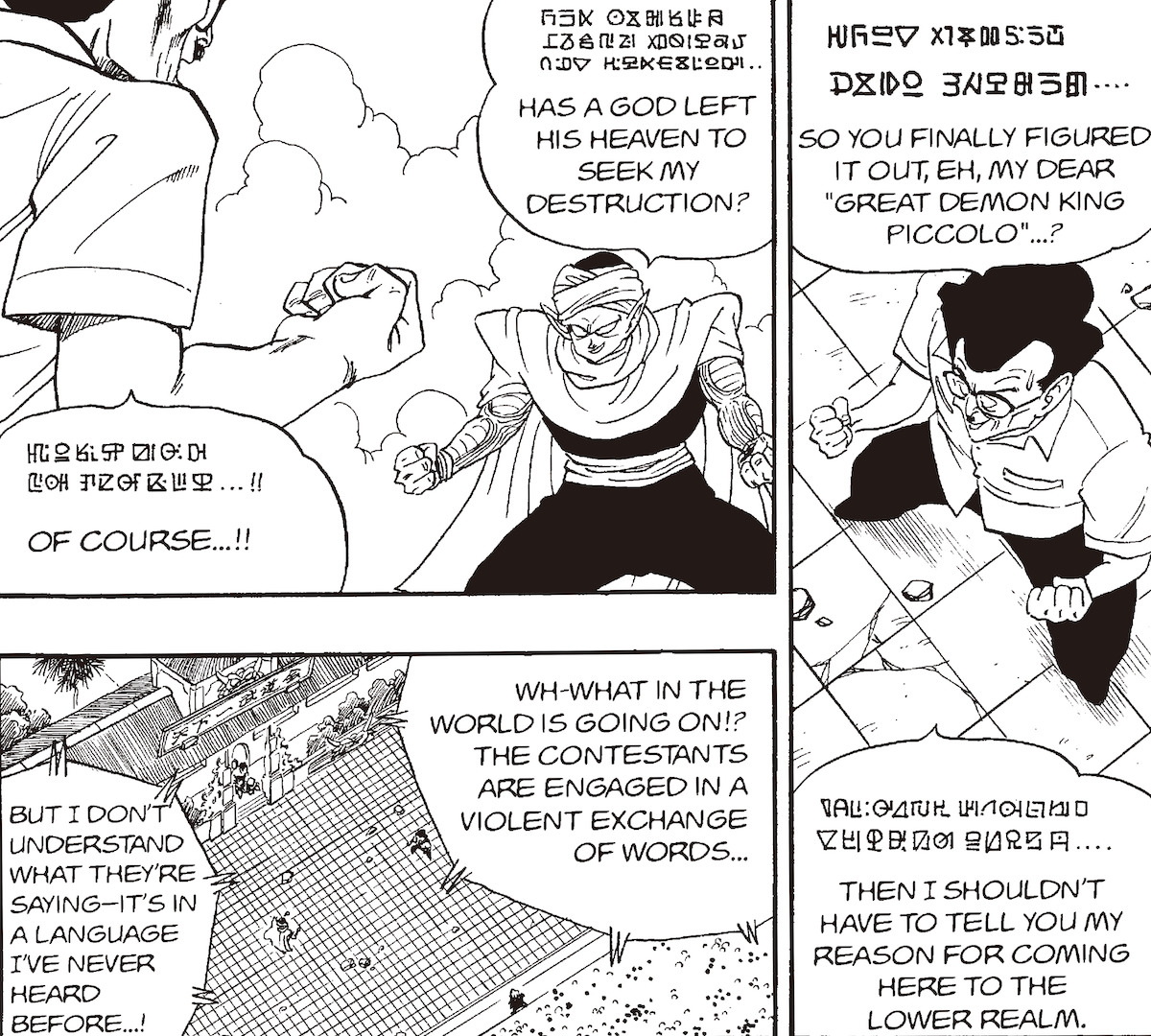
Ziphil: I believe this is the first scene where the Namekian language appears in the original series. What struck me was that, up until this point Shen and Piccolo Jr. are speaking a language familiar to everyone, then they suddenly switch to Namekian. In the real world, bilingual people sometimes do this; for example, they might start out speaking Japanese then suddenly switch to English mid-conversation. This is called "code-switching".
—Is code-switching something that people do deliberately? In this scene, Piccolo Jr. figures out that Shen is actually Kami, but is it possible that Shen used code-switching to deliberately reveal this fact to Piccolo Jr.?
Ziphil: Usually, there is some sort of trigger that causes code-switching to occur, but it can happen suddenly and subconsciously. This happens with people who switch languages throughout the day, such as people who speak a different language with their parents at home. There are also cases where a person's dialect will change when they go back to their hometown.
As far as I can tell from this scene, it looks to me like Shen subconsciously starts code-switching, rather than deliberately deciding to reveal his identity. I think the trigger for this code-switching was when Piccolo Jr. read Shen's mind and managed to catch him off guard.
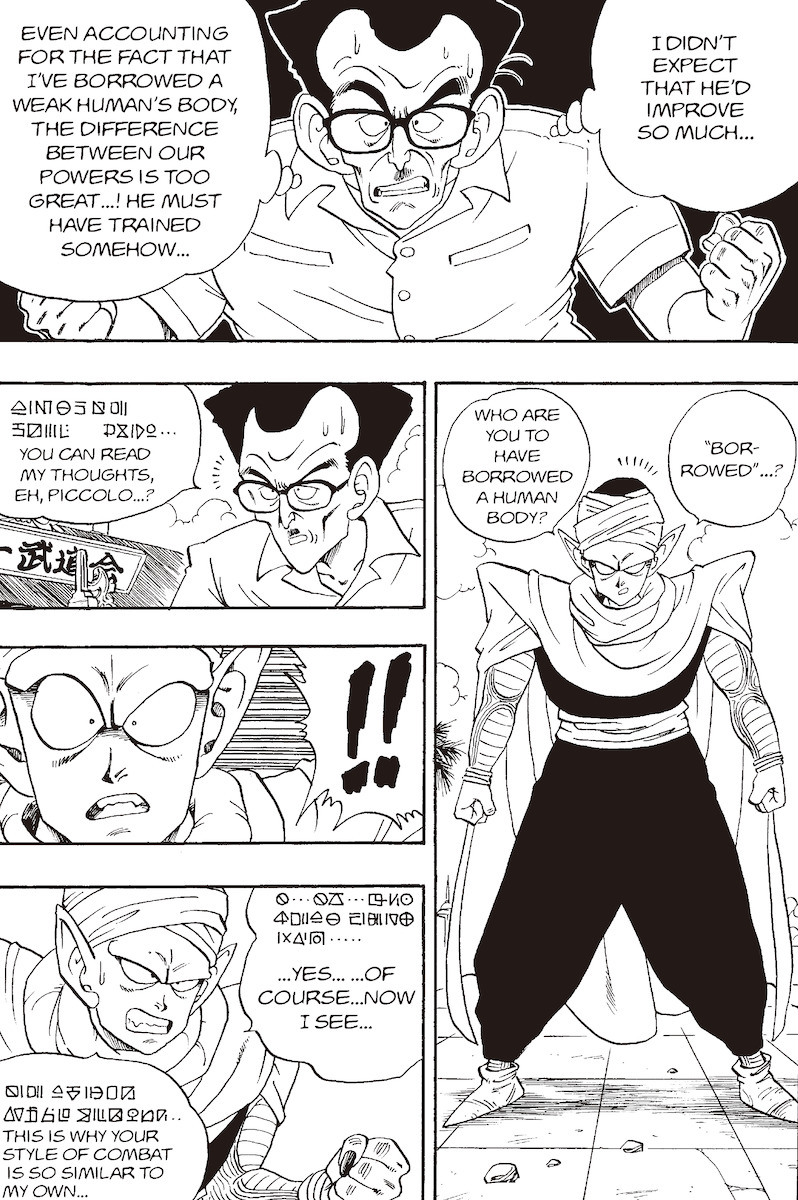
—I can't help but feel that Shen and Piccolo Jr. switching languages to talk to each other shows they have a close connection. Then again, Namekian seems to be a language that is not meant to be used casually to begin with. It tends to show up in special scenes like during the summoning of Porunga, the Shenron of Namek, giving the language an air of importance. What do you think?
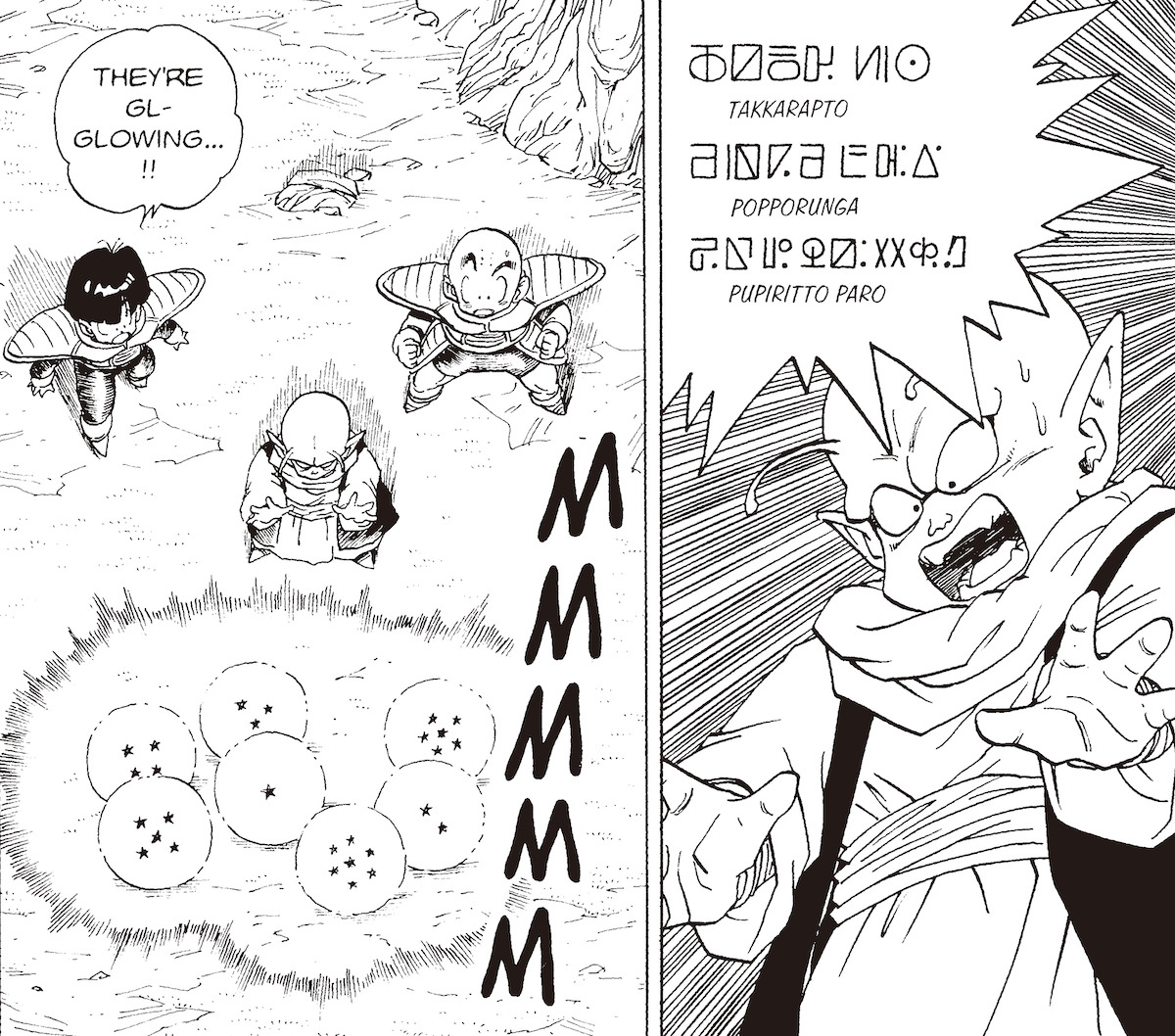
Ziphil: I think you're on to something. Although Namekian can be used in conversation, it primarily seems to be intended as a liturgical language. Liturgical languages are languages used for religious ceremonies and the like, such as Latin in Catholicism or Classical Arabic (Fusha) in Islam.
—Interesting! In the conversations between Frieza and the Namekians, we can see that Namekians do use languages other than Namekian in more standard conversations.

Ziphil: Exactly. I think even for Namekians, the Namekian language tends to be used only for special purposes. Another such example would be the Namekian spaceship, where the Namekian language is used as a code to control the ship. Overall, I get the feeling that use of the language was meant to be perceived as fairly rare.
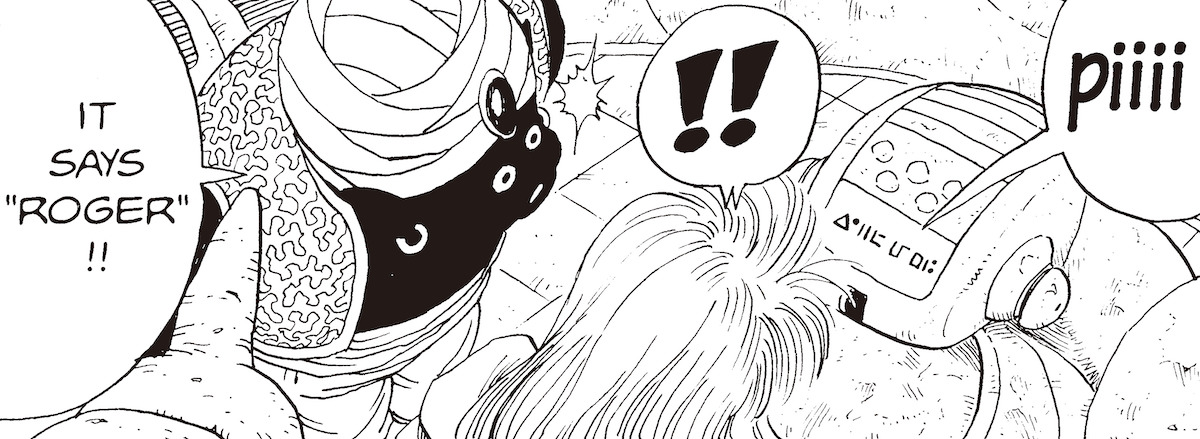
—Speaking of Namekian, it really has such a distinctive-looking script. Is there anything you can infer from how it looks?
Ziphil: I don't know if Akira Toriyama did this intentionally or not, but the script in Shen and Piccolo Jr.'s battle scene and the script in the scene with Porunga are subtly different. The former's script seems much simpler when compared to the latter.
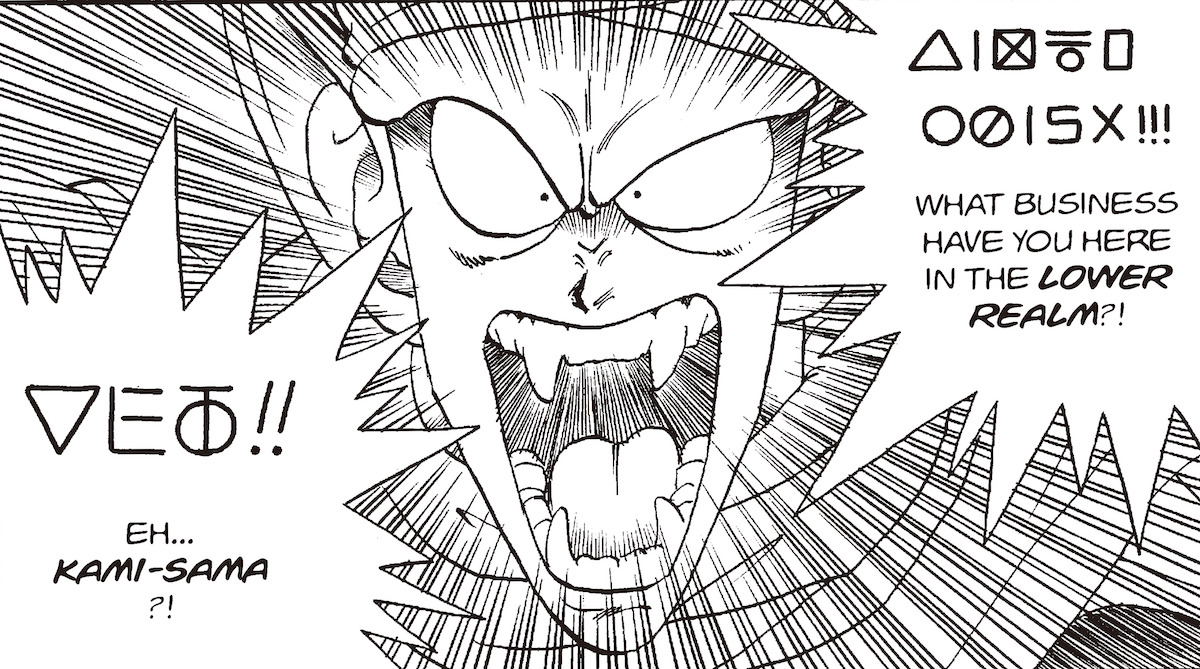
Namekian in Shen and Piccolo Jr.'s Battle Scene

Namekian in the Making a Wish to Porunga Scene
—I never thought about that much before, but it's true!
Ziphil: This is just my guess, but I wonder if it represents the differences between daily conversation and language used in rituals. To show respect for history, in rituals and such they deliberately use antiquated language and phrases full of kanji. Like for prayers, right?
Porunga is like a god to Namekians, so they use formal language. On the other hand, Piccolo and Kami are very familiar with each other, so they use less formal language. I think that's what's going on.
However, it could be interpreted as "having an accent or not". Or, in other words, since Kami and Piccolo have spent so much time on Earth, they speak with an Earth accent. In general, languages become simpler the more people use them. So, it wouldn't be strange at all that the Namekian language spoken on Planet Namek and the Namekian language spoken on Earth with other linguistic influences, or "with an Earth accent", are different!
—You can tell all that by how the script looks? That's cool! On social media, there's speculation that Namekian looks a bit like the Yi script, used by a Chinese minority group.

Examples of the Yi Script (Source: Locoluis, CC0, via Wikimedia Commons)
Ziphil: Yes, it certainly does look a lot like the Yi script. However, there aren't very many boxy shapes in Yi, so I don't think it's a perfect match. Though, I do think that the simpler-looking Namekian we discussed earlier looks quite similar to the Tifinagh script, used by Berbers in northwestern Africa. Also, the boxy and round characters look a lot like Hangul.
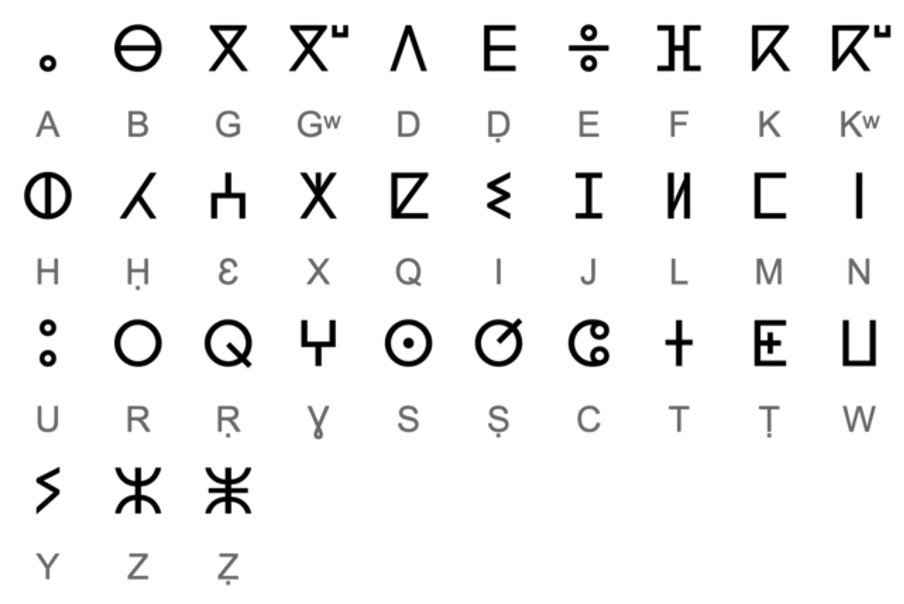
The Tifinagh Alphabet. (Source: Serg!o, CC BY 2.0 ES, via Wikimedia Commons)
—It really does look similar! I guess as a Japanese person when I hear "words", I immediately think of hiragana or kanji... I couldn't even imagine creating a script that looks like this.
Ziphil: Ideographic writing systems reproduce or imitate the shape of objects, and the Namekian script feels a little like them. They are also some of the oldest writing systems on Earth and are commonly used in modern languages on Earth, as well as in constructed languages.
For example, to represent "apple" as a character it would start as a picture of an apple and gradually break down over time until it becomes a character. When characters are created through this process, it's easy to explore the culture through the characters. So, if we knew the Namekian character for "apple", we might also be able to understand what apples mean to the Namekian people. However, as I said before, languages become simpler over time, especially as languages spread. That means, even if it were originally a picture of an apple, it might be hard to see the shape of the original object...
—You can see culture through language? That's so interesting! The official character for "god" in Namekian is an inverted triangle. Considering that "god" is such a complex idea, it's been boiled down to a much simpler shape.

"Dragon Ball Daizenshuu: Volume 7, Akira Toriyama the World" (Shueisha, 1996).
Ziphil: I think that god is something that is very close to Namekian people. I also value the connection between language and culture. In fact, the concept behind the Shaleian language that I created was to leave a record of my way of thinking.
.jpg?_=1765713120)
—Apart from the usage and script, I was hoping to focus on the sound of Namekian.
Ziphil: One notable feature of Namekian is the frequency of "pa", "pi", "pu", "pe", and "po" sounds. Like young children in Japan calling their parents "papa" and "mama", words with "p" and "m" sounds are easier for children to learn at a young age. Perhaps Namekian was created to be easier for readers to pronounce.
Another feature is the frequency of plosive consonants, such as "t", "d", and "k" sounds in Japanese. Just like with the names Dende and Nail. I guess it's fair to assume that Namekian names are also in the Namekian language.

—That's true!
Ziphil: On the other hand, there are hardly any fricative consonants such as the "sa" and "cha" sounds in Japanese, and languages like this are really rare. When I looked it up, it appears that they make up about 8% of all the languages on Earth. Some examples include Australian Aboriginal languages. So, I guess you could say that the sounds in Namekian might sound a bit like Australian Aboriginal languages.
I get the impression that Namekian doesn't have many consonants. It seems that there are only 8 to 10 different ones. But that isn't unheard of; other languages also have very few consonants, such as Hawaiian.
—Ziphil, as someone who created a language, do you have thoughts about Akira Toriyama and his creation of Namekian?
Ziphil: For Dragon Ball, I think it would be quite difficult to decide how far to take the language creation as the goal would be to incorporate the language into the story. If you were to focus too much on creating grammar structures, you wouldn't have enough time to think about the story. However, the other extreme would be to simply scribble down some shapes that merely look like characters or letters, but if you did that, it wouldn't really come together.
Meanwhile, in terms of Namekian, words like Piccolo's name are expressed in four characters, just like it is in Japanese, and I imagine that was done on purpose. In this way, Akira Toriyama established a balance between creating a language that readers can think deeply about, as it's not a language that was created haphazardly, while also making it concise enough to work well in a weekly magazine format. That is truly amazing.

"Dragon Ball Daizenshuu: Volume 7, Akira Toriyama the World" (Shueisha, 1996).
—Did you worry about how far to take the Shaleian language while you were creating it?
Ziphil: I did. For example, I thought about making the shapes of the letters simpler by combining circles and straight lines.

The shape of the Shaleian language when it was first created. Ziphil stated, "I wrote about 100 different combinations and then selected the ones that looked the most character-like" (Ziphil's official site)
Speaking of, the Shaleian language has undergone multiple minor changes, but it was changed significantly in the latest version. There are many more circular shapes now, similar to the Burmese alphabet used in Myanmar.

The current Shaleian language's script, called "the new Shaleian Script" (Source: Ziphil's official site)
After all, languages don't have to be quite as complicated as you might think. For example, the Toki Pona constructed language only has about 120 words. With those 120 essential concepts, you can express anything you want to convey by combining them.
—I see! There are aspects that are difficult because there's so much freedom when creating a language. Do you see any similarities between Namekian and your Shaleian language?
Ziphil: I thought the complexity of the scripts looked pretty similar, but the grammar seems like the opposite. Namekian, like Japanese, seems like it has the verb at the end. However, the Shaleian language has verbs at the beginning, so it would probably be pretty difficult for Namekians to learn (laughs). But maybe a bilingual Namekian who can speak a language more similar to the Shaleian language could learn it more easily...?
.jpg?_=1765713120)
Interviewer/Writer: Yuki Yamadai
Photography: Kayo Sekiguchi
This site includes machine-translated texts. Please be aware that you might find some unusual expressions that are difficult to understand.
Post
Confirm Post
Post the above comment?
Reply
Confirm Reply
Post the above comment?
Are you sure you want to delete this comment?
Report successful
Post Unsuccessful
This user will be muted.
You will be unable to see comments from muted users in the comments area.
*To unmute users, navigate to the "Comments" area on MY PAGE.
Reply
Confirm Reply
Post the above comment?
Edit
Post
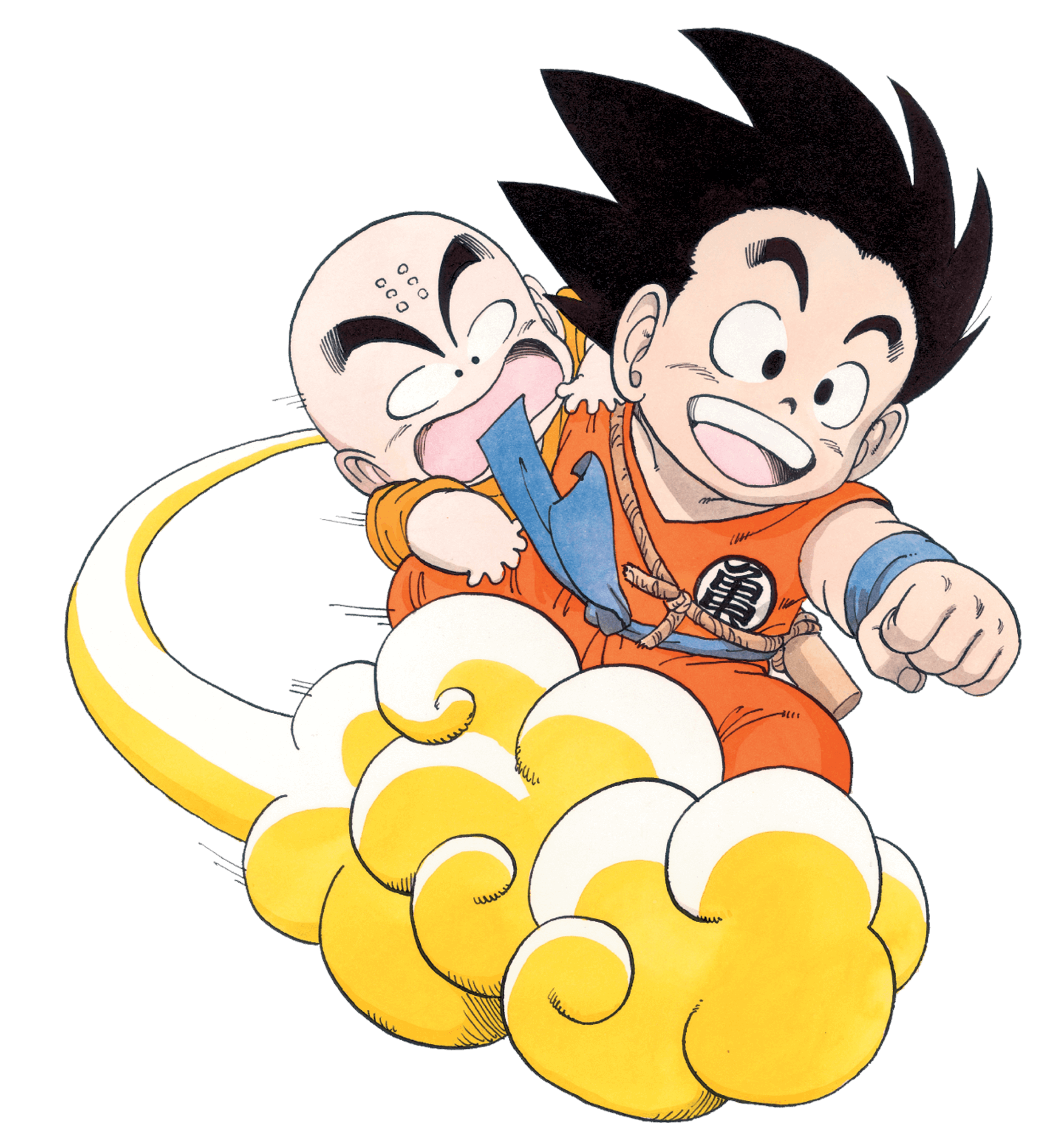

Post
Confirm Post
Post the above comment?
Edit
Post